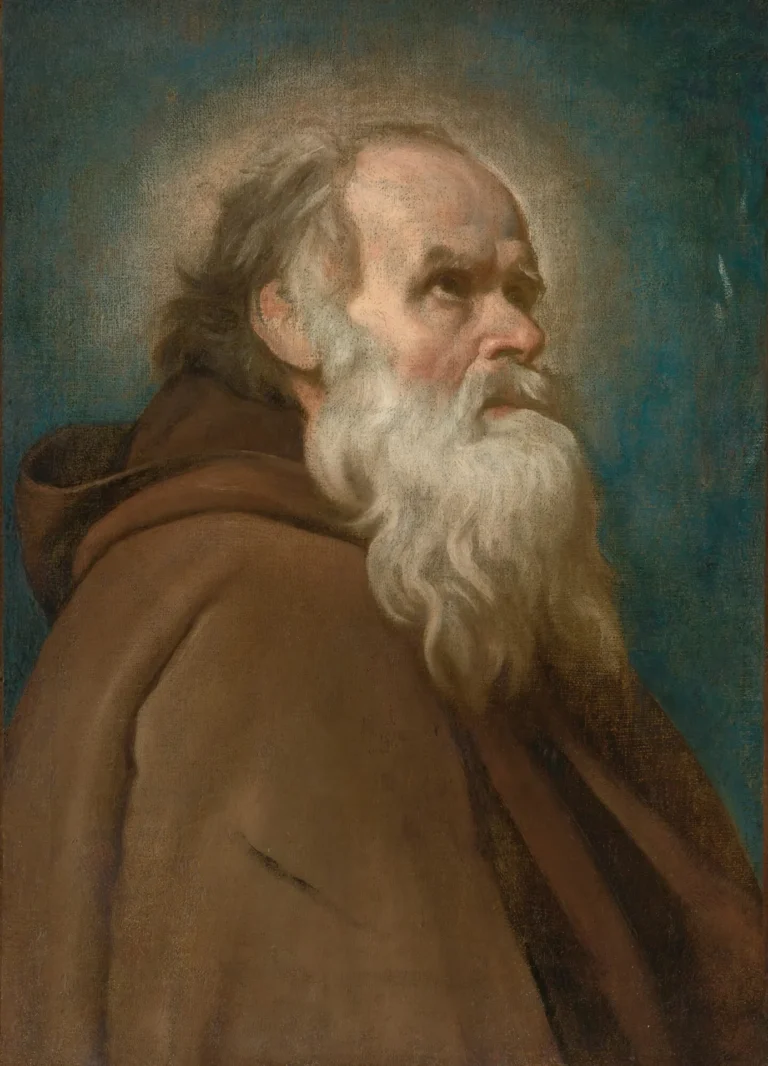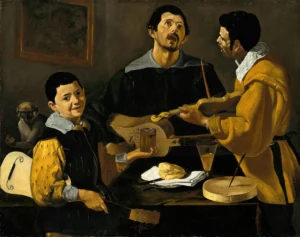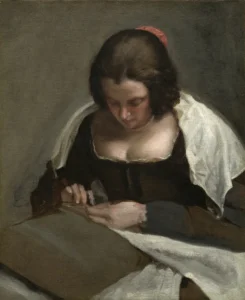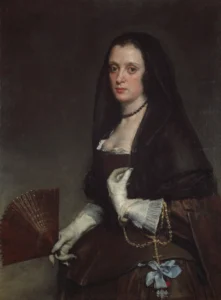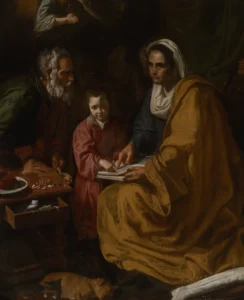Saint Anthony Abbot
Created between 1634 and 1635, 'Saint Anthony Abbot and St. Paul the Hermit' by Diego Velázquez showcases the encounter of the two prominent saints in a vivid landscape. The painting captures intricate scenes from the legendary journeys of St. Anthony and St. Paul as they traverse the Egyptian desert. With its monumental dimensions, the artwork employs rich symbolism and innovative techniques, reflecting Velázquez's evolving style and significant influences from previous masters.
1634 - 1635
About the Artwork
The artwork narrates scenes from the Golden Legend by Jacobo de la Vorágine, depicting the meeting of St. Anthony and St. Paul, who is renowned as the first Christian hermit. In this imaginative portrayal, St. Anthony seeks guidance from a centaur to find St. Paul’s retreat. As he embarks on this spiritual journey, he encounters various symbolic challenges, including a horned monster and the faithful raven that delivers bread to the saints. The composition is imbued with meaning, emphasizing themes of faith, companionship, and divine providence, while capturing the poignant moments leading to St. Paul’s death, where the majestic lions dig his grave, showcasing nature’s reverence for the holy.
Did You Know
The painting draws its narrative from the medieval text ‘The Golden Legend,’ which recounts the spiritual journeys and trials of Christian saints, enhancing its symbolic and historical depth.
This artwork was commissioned for the Buen Retiro palace, a significant cultural hub in 17th-century Spain, reflecting the grandeur and artistic experimentation of its time.
Velázquez’s decision to include an extensive landscape for the first time showcases a pivotal moment in his artistic evolution, blending realism with the spiritual themes of the saints’ story.





